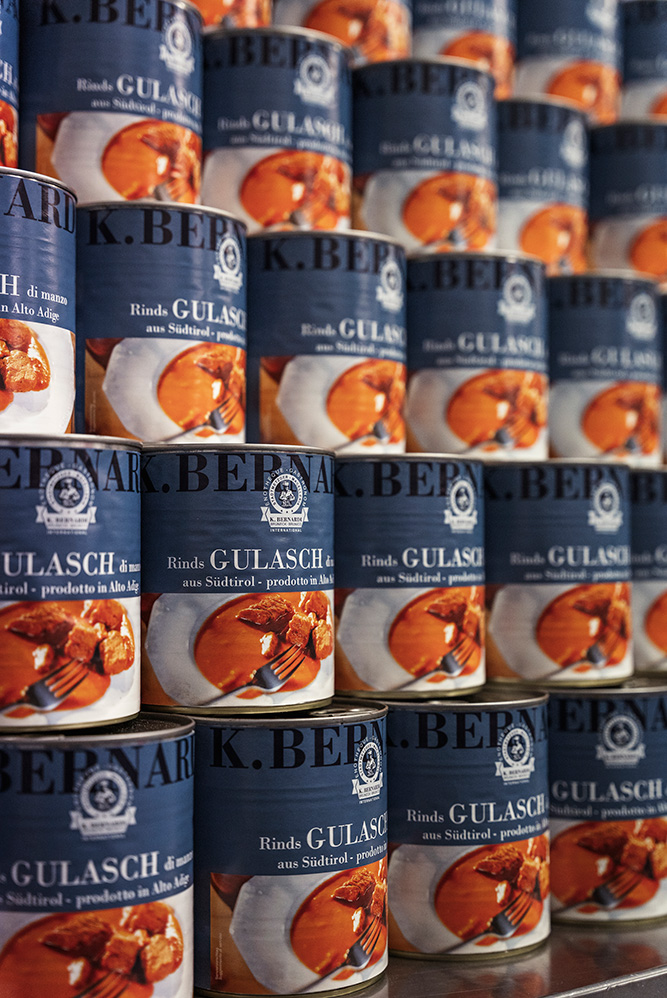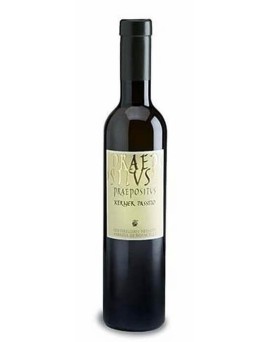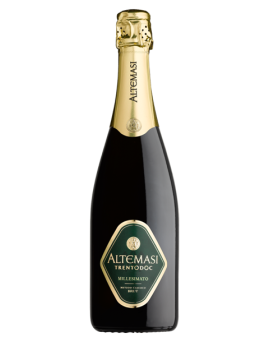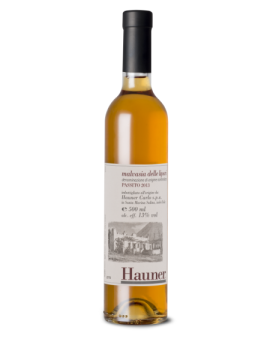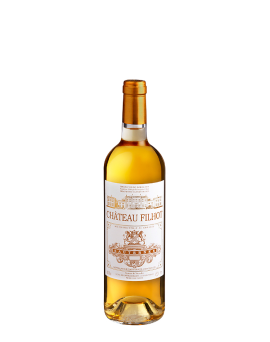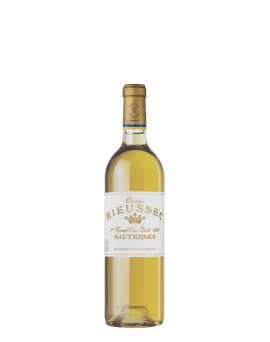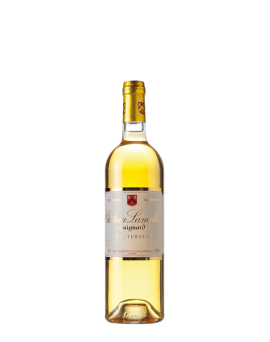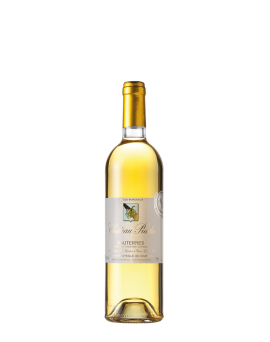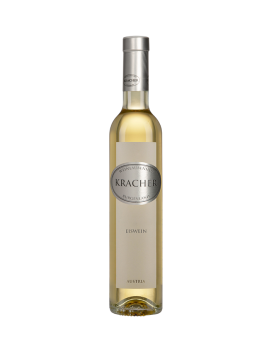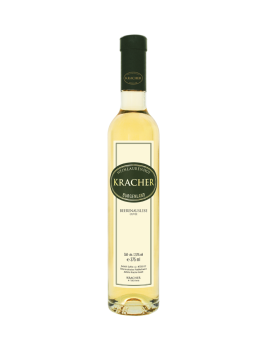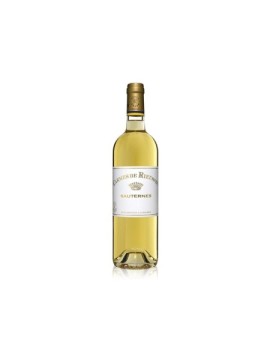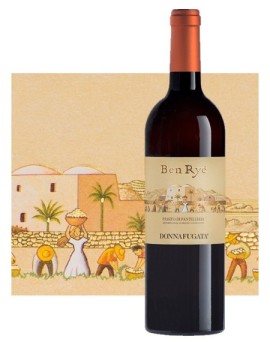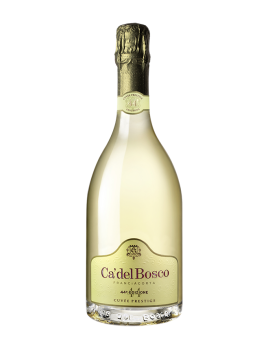DENOMINATION<br />Franciacorta.<br /><br />GRAPE VARIETY<br />Chardonnay 81.5%, Pinot Blanc 1.5%, Pinot Noir 17%.<br /><br />VINEYARDS OF ORIGIN<br />162 Chardonnay vineyards, with an average age of 30 years, located in the municipalities of Erbusco, Adro,<br />Cazzago San Martino, Corte Franca, Iseo and Passirano.<br />5 Pinot Bianco vines, with an average age of 28 years, located in the municipality of Passirano.<br />30 Pinot Nero vineyards, with an average age of 21 years, located in the municipalities of Erbusco, Provaglio d'Iseo<br />and Passirano.<br /><br />ASSEMBLY<br />71% wines harvest 2019<br />26% reserve wines 2018<br />3% reserve wines 2017<br /><br />2019. The winter season passed with mild temperatures and low rainfall. These<br />conditions led to an early spring. From the second week of April, the weather changed dramatically and until mid-May, rain was the protagonist with temperatures below<br />average. These weather conditions compromised the flowering and were the cause of spinning of the wings of the bunches and floral dripping, resulting in smaller, more<br />sparse bunches with very low average weights. After 15 May we saw a clear improvement in the weather conditions which allowed us to set fruit in favourable conditions.<br />Above-average temperatures characterised the month of June, which can be described as the driest in the last 20 years. The dry weather continued until mid-July with the<br />vines beginning to show symptoms of water stress. The beginning of August brought us the much-desired rain, effectively saving the season.<br />From 20 August, with the start of the harvest, temperatures returned to normal and the fine weather accompanied us until the end of the season.<br />and good weather accompanied us until the end of August. The harvest began on 20 August and ended on 5 September in good weather. Average yield per hectare was<br />4,800 kilograms of grapes, equivalent to 3,020 litres of wine (wine yield: 63%). The small size of the bunches and the low yields in the vineyard have legitimised the high<br />quality of this vintage, which is expressed in the Cuvée Prestige Edition 44 by an intense aroma of citrus, white and yellow fruits and by a full-bodied, extremely lively taste.<br /><br />VINIFICATION<br />The base wines of the Cuvée Prestige are the result of a careful selection of grapes and a skilful vinification process conducted in full respect of the Ca' del Bosco Method.<br />The grapes, harvested by hand in small crates, are classified and cooled. Each bunch is selected by expert eyes and hands, and then benefits from the exclusive 'berry<br />spa': a special system of washing and hydromassage of the bunches consisting of three soaking tubs and a drying tunnel. After pressing in the absence of oxygen, all the<br />musts of the base wines ferment in temperature-controlled steel tanks and remain there until the following March. Seven months of refinement are then necessary for the<br />wine to clarify, mature and bring out the best of the character of the original vineyards. The wines are then skilfully blended in the 'magic ritual' of creating the cuvée. It is<br />only after a minimum of two years of ageing on the lees that this Franciacorta can express all its richness and identity. The dégorgement takes place in the absence of<br />oxygen, using a unique system designed and patented by Ca' del Bosco. This avoids oxidative shocks and further additions of sulphites. It makes our Franciacorta wines<br />purer, more pleasant and longer-lived. Finally, each packaged bottle is uniquely marked to ensure traceability.<br /><br />DRILLING<br />From April to June of the year following the harvest.<br /><br />AVERAGE AGEING ON THE LEES<br />On average 25 months.<br /><br />DOSAGE AT DISGORGING<br />Sugar content 1.0 grams/litre - 'Extra Brut'.<br /><br />ANALYTICAL DATA AT DISGORGEMENT<br />Alcohol 12.8% vol.; pH 3.11; Total acidity 5.80 grams/litre; Volatile acidity 0.32 grams/litre.<br /><br />SULPHITES<br />Total sulphur dioxide, maximum 55 milligrams/litre (maximum legal limit: 185 milligrams/litre), concentration specified on the back label.<br />
Price
€81.40

